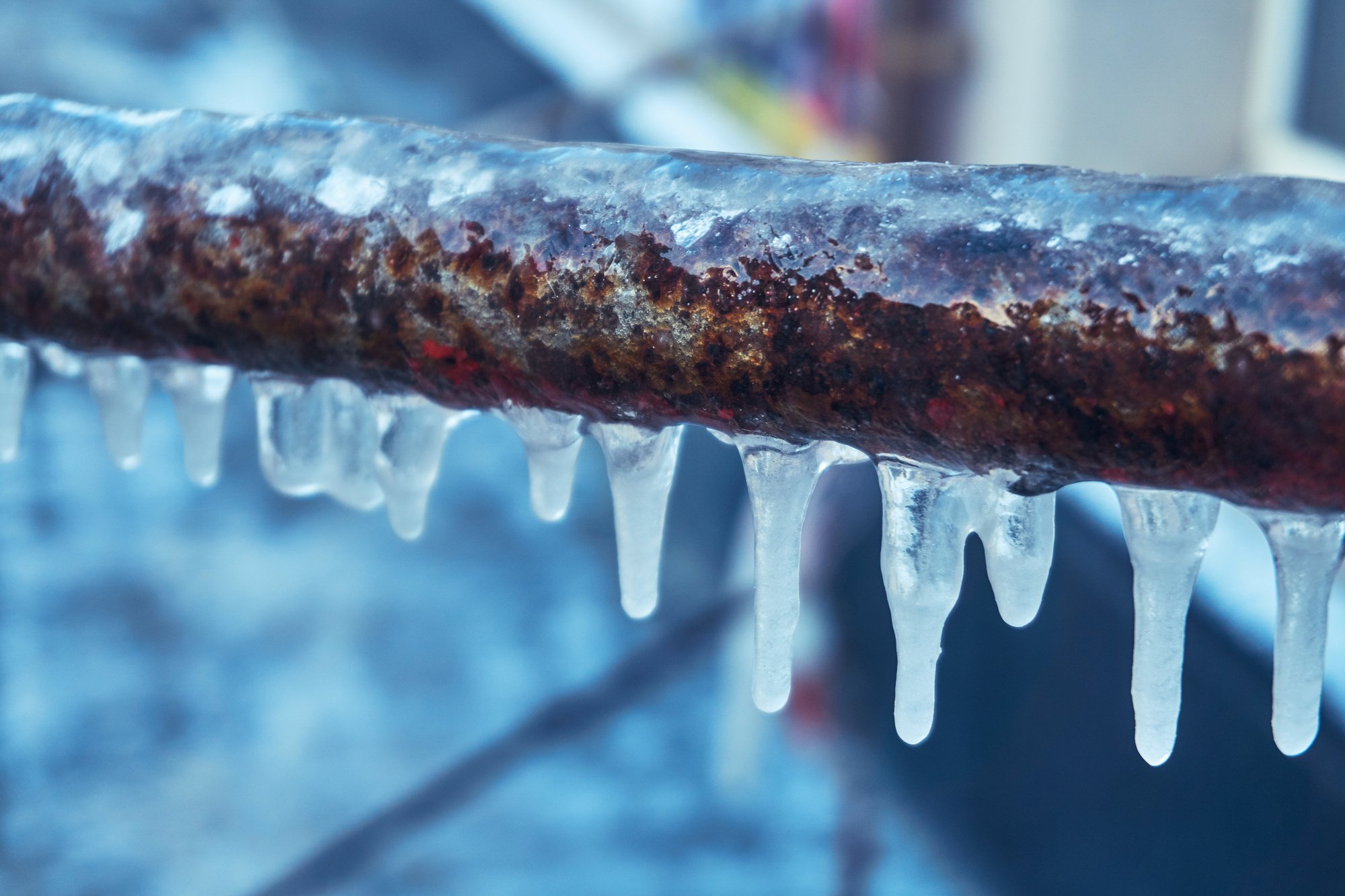Prevent Frozen Plumbing in Cold Weather: Pro Strategies
Prevent Frozen Plumbing in Cold Weather: Pro Strategies
Blog Article
Just how do you really feel when it comes to Winter Plumbing Precautions: Preventing Frozen Pipes?

Cold weather can ruin your plumbing, especially by freezing pipelines. Here's how to avoid it from occurring and what to do if it does.
Introduction
As temperature levels decrease, the risk of icy pipes rises, potentially resulting in pricey repair work and water damages. Comprehending just how to avoid icy pipelines is essential for home owners in cold environments.
Prevention Tips
Insulating at risk pipes
Cover pipes in insulation sleeves or utilize warmth tape to protect them from freezing temperatures. Concentrate on pipelines in unheated or exterior areas of the home.
Heating methods
Maintain indoor spaces sufficiently warmed, specifically locations with pipes. Open cabinet doors to allow warm air to circulate around pipes under sinks.
Exactly how to recognize icy pipelines
Seek lowered water flow from faucets, unusual odors or noises from pipelines, and noticeable frost on subjected pipelines.
Long-Term Solutions
Structural adjustments
Consider rerouting pipes away from exterior wall surfaces or unheated locations. Add extra insulation to attic rooms, basements, and crawl spaces.
Upgrading insulation
Buy high-grade insulation for pipelines, attics, and wall surfaces. Correct insulation assists keep consistent temperature levels and reduces the danger of icy pipes.
Shielding Exterior Pipes
Yard tubes and outside faucets
Disconnect and drain pipes yard hoses before winter season. Mount frost-proof spigots or cover outdoor taps with protected caps.
Understanding Icy Pipelines
What triggers pipes to freeze?
Pipes freeze when subjected to temperatures below 32 ° F (0 ° C) for extended periods. As water inside the pipelines freezes, it increases, taxing the pipeline wall surfaces and possibly creating them to burst.
Risks and problems
Icy pipelines can cause water disturbances, residential property damages, and costly repair work. Burst pipelines can flooding homes and trigger substantial structural damage.
Indicators of Frozen Piping
Determining frozen pipelines early can avoid them from bursting.
What to Do If Your Pipelines Freeze
Immediate actions to take
If you suspect icy pipelines, keep faucets open up to soothe stress as the ice thaws. Make use of a hairdryer or towels taken in warm water to thaw pipelines slowly.
Verdict
Preventing icy pipes calls for positive measures and quick actions. By understanding the reasons, indicators, and preventive measures, home owners can shield their plumbing during winter.
5 Ways to Prevent Frozen Pipes
Drain Outdoor Faucets and Disconnect Hoses
First, close the shut-off valve that controls the flow of water in the pipe to your outdoor faucet. Then, head outside to disconnect and drain your hose and open the outdoor faucet to allow the water to completely drain out of the line. Turn off the faucet when done. Finally, head back to the shut-off valve and drain the remaining water inside the pipe into a bucket or container. Additionally, if you have a home irrigation system, you should consider hiring an expert to clear the system of water each year.
Insulate Pipes
One of the best and most cost-effective methods for preventing frozen water pipes is to wrap your pipes with insulation. This is especially important for areas in your home that aren’t exposed to heat, such as an attic. We suggest using foam sleeves, which can typically be found at your local hardware store.
Keep Heat Running at 65
Your pipes are located inside your walls, and the temperature there is much colder than the rest of the house. To prevent your pipes from freezing, The Insurance Information Institute suggests that you keep your home heated to at least 65 degrees, even when traveling. You may want to invest in smart devices that can keep an eye on the temperature in your home while you’re away.
Leave Water Dripping
Moving water — even a small trickle — can prevent ice from forming inside your pipes. When freezing temps are imminent, start a drip of water from all faucets that serve exposed pipes. Leaving a few faucets running will also help relieve pressure inside the pipes and help prevent a rupture if the water inside freezes.
Open Cupboard Doors
Warm your kitchen and bathroom pipes by opening cupboards and vanities. You should also leave your interior doors ajar to help warm air circulate evenly throughout your home.

We hope you enjoyed reading our excerpt about Prevent Frozen Pipes . Thanks for taking time to browse our post. Sharing is caring. Who knows, you may just be doing someone a favor. Thank you so much for going through it.
Call Today Report this page